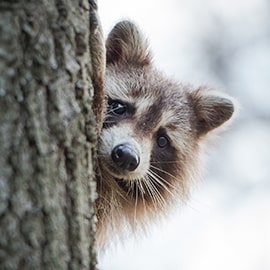
Biosecurity for Show Horses
Horse shows and events can act as petri dishes for infectious agents. Learn about the common pathogens horses encounter and how to protect your horse from them.

Horse shows and events can act as petri dishes for infectious agents. Learn about the common pathogens horses encounter and how to protect your horse from them.

A horse owner wonders if a farrier moving from barn to barn during the day could spread equine diseases.

Biosecurity is essential in horse care to prevent disease transmission and safeguard the health of horses. Look for biosecurity content all month, brought to you by Zoetis.

The diagnostic tests veterinarians use are evolving to improve how we manage infectious diseases in horses.

Here’s how to handle a strangles outbreak in your barn and prevent the disease in the future.

Learn about this highly contagious equine virus and how to curb its spread.

Taking these steps can help rid your barn of the strangles-causing pathogen.

Wildlife can spread rabies and equine protozoal myeloencephalitis (EPM) to horses, so secure your barn against unwanted visitors.

Learn more about equine asthma, acute respiratory infections, and shipping fever in horses.

After testing horses during a 2022 EHV-1 outbreak, researchers found even those showing no signs shed common respiratory pathogens.

Follow these steps to prevent disease spread on your farm.

Is my horse at risk of catching pigeon fever from another horse at my trainer’s barn?

Veterinary authorities recommend these vaccines for all horses, every year.

Consider these horse health- and safety-oriented design aspects when building or renovating your barn.

The FEI veterinary committee proposed 13 ways to improve biosecurity at equestrian events.

Disease control focuses on prevention through increased biosecurity protocols.
Stay on top of the most recent Horse Health news with
"*" indicates required fields